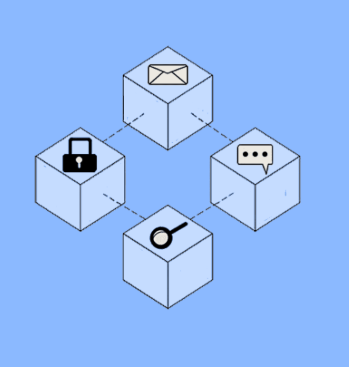- How to define Raydium?
- Overview About Liquidity Architecture.
- History and Advanced Lessons
- Launch and Foundation:
- Growth and The SWAP Transition:
- Collaboration of new launchpad features
- Team structure
- Their strategic role within the Solana ecosystem
- Economics
- User Growth and Community Involvement
- Thoughts at the end
How to define Raydium?
It is an exchange that is decentralized and is placed on the Solana blockchain. It uses the Automated marketing maker model. It has an array of trading pairs and offers deep liquidity. Raydium is currently one of the top participants in the solana ecosystem considering the meme coin trend using the like of pump.fun.
Overview About Liquidity Architecture.
Raydium currently has three core types of liquidity pools:
- Classic AMM (v4): Operates on the k = x * y model, similar to Uniswap v2. It employs market IDs and routes idle funds to the order book for additional liquidity.
- CPMM (Constant Product Market Maker): He/She must have the liberty of setting the trading fees to be between .25% to 4%. Supports modern token standards of solana, and recently removed market id hence simpler set up.
- CLMM (Concentrated Liquidity Market Maker): Allows providing setting custom price ranges which increases the capital effectiveness.
History and Advanced Lessons
Launch and Foundation:
Raydium began as a hybrid exchange model, using the components with order book and amkeert integration to the control order book.
Growth and The SWAP Transition:
After certain events in the Solana Ecosystem, it sparked a catalyst for the demand of meme coins which resulted in a shift to a more flexible framework. An updated interface and new contracts enhanced the pre-existing user experience which resulted in reduced costs of spinning up new liquidity pools, as well as improving the ecosystem’s compatibility with low-cap tokens.
Collaboration of new launchpad features
Together with the token launching platform, Raydium auto-set up liquidity for trading of new tokens. Thereby, new coins once a certain market cap is met e.g. 69K, also automatically set up a liquidity pool on Raydium. This enhances trading activity due to other proprietary mechanisms such as token burning or community airdrops.
Team structure
The Team remains pseudonymous, with members often using Ray in their handles. The team brings expertise in algorithmic finance, smart contracts in addition to working on marketing and high-frequency trading. While not revealing their identities and to execute strong technical and operational capabilities.
Their strategic role within the Solana ecosystem
- Top in regards to other Solana based DEX’s, Raydium:
- Handles the most trading volume out of its peers.
- Accounts for an estimated 60% of the Dependency Ecosystem liquidity.
- Supports trading with native Solana tokens and meme currencies.
- It is known for low fees, fast execution time because of the enhanced throughput that Solana offers.
Economics
The platform’s native token is RAY:
- Overall, 5 million is set as the upper limit.
- The set allocation includes staking rewards, ecosystem expenditures, team’s share, and liquidity reward programs.
- RAY can be staked to earn yield and governance rights over the protocol.
- Demand is generated in the long term because some of the platform’s income is allocated to market purchase of RAY tokens.
User Growth and Community Involvement
- The majority of Solana ecosystem trading volume is captured by Raydium.
- Rayidum has low requirements for pool creation and community affairs, making it easier for meme coins promoters, which allows it to serve as a base for these projects.
- Active traders and arbitrage traders are attracted by the platform’s liquidity and tight spreads.
Thoughts at the end
Raydium is one of the building blocks of the Solana DeFi stack. Community friendly innovation with new token support has allowed it to become one of the most dynamic and advanced DEXs in the ecosystem.

